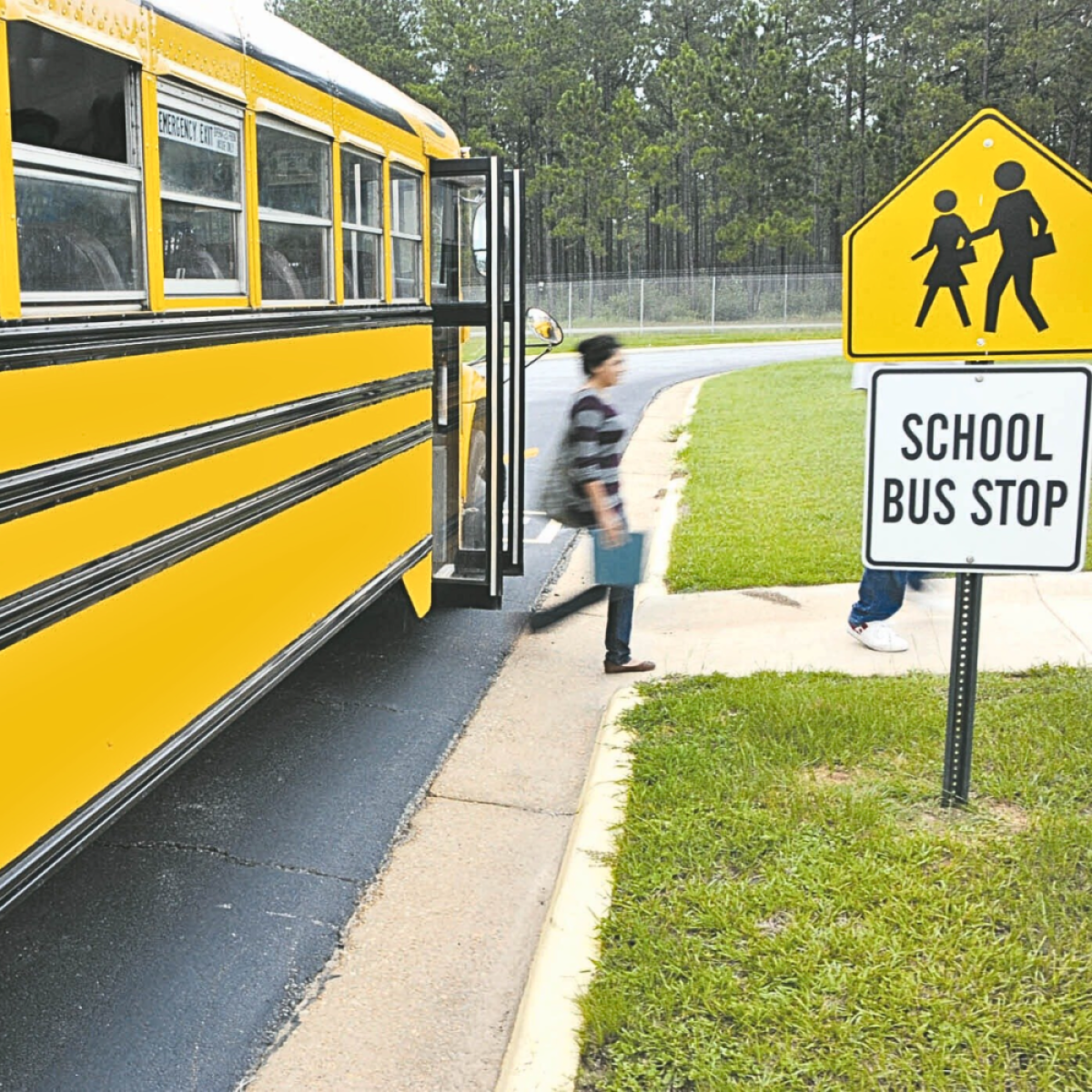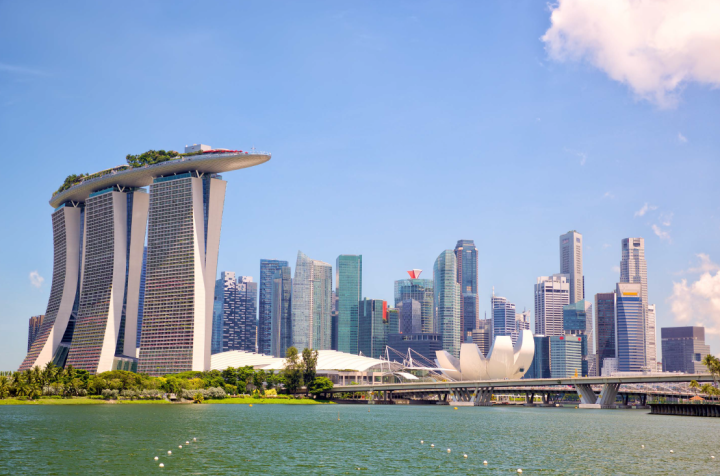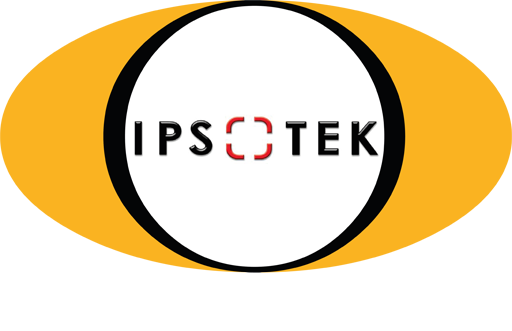By Justin Brynn, Sales Director Americas, Ipsotek, an Eviden business at Atos Group
AI has emerged as a dominant trend in higher education, refining and enriching the learning experiences for students by delivering personalised education tailored to an individual’s needs and presenting innovative accessibility options.
AI can also boost student engagement with course materials, contributing to a better understanding of the topics and, as a result, create more successful learning and exam outcomes. It also promises to enhance accessibility and inclusivity for students with disabilities or distinct learning requirements.
Although numerous educational bodies are eager to embrace new AI technologies, budget limitations and path dependency (the tendency to stick with familiar technology due to the challenges of change) often hinder the implementation of cutting-edge advancements.
However, ignoring the benefits of AI could be detrimental to a personnel’s ability to do their job to the highest standard. This is especially true when it comes to one particular requirement affecting all educational institutions, from primary schools to universities, which is maintaining a safe and secure environment for students, staff, and visitors.
As we have seen in recent months, staff and students are exposed to potential safety and security risks when they attend their school, college or university. These include theft, violence, bullying, and vandalism of personal property through to people entering educational facilities with the intent of causing grievous bodily harm and homicides. This has resulted in the deployment of walk-through metal detectors and baggage scanners at some educational facilities, which was different from the norm ten years ago. This places even greater emphasis on the capabilities available to the security and safety personnel to screen and manage all visitors and identify any signs of threat onsite. Given that an average campus may have hundreds of cameras, this presents an operational challenge to monitor all cameras for safety and security infringements.
AI solutions based on Computer Vision technology can automate and streamline the operational process of monitoring all security cameras throughout a campus 24×7. Leveraging Edge-based processing, IoT and 5G networking can significantly improve response times, while lightening the burden on security personnel.
Computer Vision technology analyses IP CCTV video streams in real-time and generates automated alerts and associated metadata, all of which is GDPR compliant. Alerts are sent to the Video Management Systems (“VMS”) or Central Command and Control (”C3”) platforms for operators to review and action according to their standard operating procedures. This automated approach allows for the detection of multiple types of alerts, from intrusion and perimeter detection to smoke and fire, through to the mass movement of people, crowding, and anti-social behaviour. As with any investigation, time is of the essence. Therefore, being able to search metadata in a database instead of video files on a VMS produces results in fractions of a second instead of minutes.
Entry points
Like any large facility, educational campuses typically have multiple entry and exit points, some of which may have physical security barriers and vetting procedures for students, staff and visitors. Or in some cases, the campus is deliberately designed to be open to everyone, including animals! By leveraging existing CCTV cameras and VMS or C3 systems, it is possible to add AI Computer Vision to enhance the safety and security capabilities available to the security operators. This can be further extended by deploying audio detection systems and IoT sensors.
A by product of the Computer Vision approach is the metadata produced in real-time which is held in a database. Searching this versus a VMS is significantly faster, which in a fast-moving incident becomes critical with operators being able to search based on specific criteria such as area, time, and description, making locating and tracing the movements of a person or vehicle faster and more efficient.
While the debate regarding face recognition continues in some countries, it has proved to be a lifesaver in others, where the technology has prevented potential loss of life.
Perimeter protection
Safeguarding the perimeter of a campus or school and its most vulnerable areas is crucial when implementing layered security measures. Computer Vision solutions are able to integrate with a range of CCTV cameras from colour, thermal, and IR and deliver real-time alerts. These solutions can also support the automated control of ‘Pan-Tilt-Zoom’ (PTZ) cameras when a specific fixed camera generates an alert. This enables large areas to be efficiently monitored without manual intervention, and should an intrusion occur, the PTZ camera automatically tracks the person of interest or object of interest until the operator takes control of the PTZ joystick.
License Plate Recognition
Computer Vision solutions are also able to monitor vehicle license plates using license plate recognition (LPR) software to automatically control entrance and exit barriers at access points and car parks. This capability also allows operators to be alerted if a known vehicle of interest approaches the campus or if a VIP is about to arrive.
Ensuring the safety of students, staff and visitors is paramount for any educational institution. Incorporating AI Computer Vision technology is one way to augment existing safety and security capabilities and operations across campuses, thus assisting operators and security teams to minimise risks, rapidly respond to potential threats and promote a safer environment for everyone.
Published by Technology Dispatch, full link available here.



